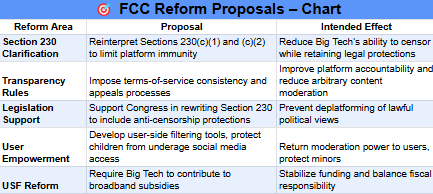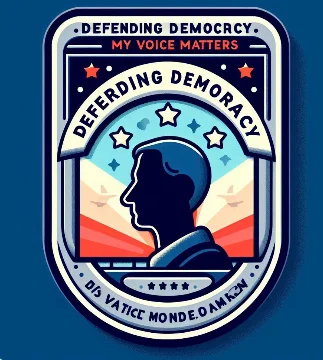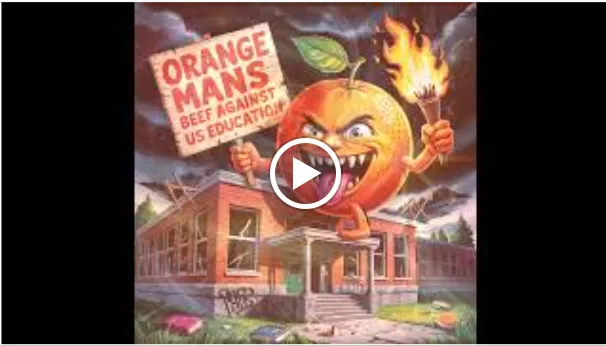UNDERSTANDING THE CONSERVATIVE PROMISE: MANDATE FOR LEADERSHIP
Project 2025 Watch
EXECUTIVE BRANCH
VS
CONSTITUTION
CHAPTER 28:
INDEPEDENT REGULATORY AGENCIES
FINANCIAL COMMUNICATION COMMISSION
Review
Reading Mandate with Summary
📌 FCC Summary
Mission Statement: The FCC should promote free speech, foster economic opportunity, ensure nationwide connectivity, and support job creation by modernizing infrastructure, ensuring secure and competitive networks, and respecting taxpayer dollars.
🏛️ Agency Overview
Established Authority: The FCC regulates interstate and international communications via radio, TV, satellite, wire, and cable. Leadership Structure: Composed of five commissioners (Senate-confirmed), with no more than three from the same party. The Chairperson (appointed by the President) wields significant agenda-setting and administrative authority. Appointments: By tradition (not law), the Senate minority leader can choose minority-party nominees for the President to nominate.
📊 Operations and Budget
Employees: Around 1,300–1,500 staff. FY 2023 Budget: ~$390 million, funded primarily through regulatory fees and spectrum auctions (which have generated $200+ billion for the U.S. Treasury).Organizational Structure: Includes bureaus for media, wireless, enforcement, competition, and more.
🔧 Key Regulatory Functions
Oversees net neutrality and interprets Section 230 of the Communications Act. Approves telecom-related mergers involving FCC-licensed entities. Plays a pivotal role in deploying 5G by freeing spectrum and preempting local infrastructure obstacles. Administers the Universal Service Fund (~$9B/year) to expand rural and low-income connectivity, plus managed $24B in COVID-era broadband funds.
🎯 Policy Priorities Proposed
Reining in Big Tech Use Section 230 authority to restrict court-granted immunity. Address perceived censorship of diverse viewpoints and market dominance. Promoting National Security Encourage secure infrastructure development and foreign threat mitigation. Unleashing Economic Prosperity Accelerate broadband deployment and reduce regulatory barriers. Ensuring Accountability & Good Governance Increase transparency and efficiency within the FCC.
🧾 Conclusion
The report calls for a reformed, pro-growth FCC that is more accountable, proactive in countering Big Tech’s influence, and better aligned with constitutional governance. Key emphasis is placed on:
Restoring balance in digital speech and competition. Cutting red tape to fuel broadband innovation. Reasserting national security concerns in telecom policy. Modernizing outdated agency processes to better serve the public.
CHAPTER 28:
INDEPEDENT REGULATORY AGENCIES
FINANCIAL COMMUNICATION COMMISSION
PAGE 845-860
AUTHOR: Brendan Carr
AUTHOR BACKGROUND CHECK:
Brendan Carr is an American attorney and the current Chairman of the Federal Communications Commission (FCC), having served in various roles at the agency since 2012, including legal advisor, General Counsel, and Commissioner. Known for his advocacy of deregulation and expanded broadband infrastructure, Carr has also been a vocal critic of major tech companies, pushing for the repeal of Section 230 and tighter oversight of platforms like TikTok due to national security concerns. His involvement in Project 2025, a conservative policy blueprint spearheaded by The Heritage Foundation, underscores his agenda to "rein in Big Tech" and align federal communications policy with broader national security and economic priorities. As part of this initiative, Carr has emphasized the importance of confronting perceived media bias and strengthening U.S. technological leadership, positioning the FCC as a central player in advancing these goals.
📋 Summary: FCC Reform Proposals on Big Tech & Section 230
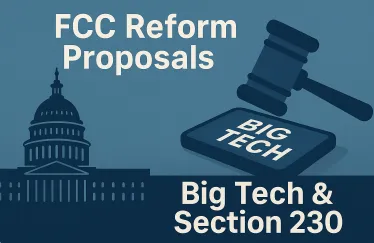
🔧 Section 230 Interpretation and Reform
FCC Authority: Since Section 230 is part of the Communications Act, the FCC is argued to have authority to interpret its limits. Judicial Overreach: Justice Clarence Thomas and others argue courts have expanded Section 230 beyond its text, giving Big Tech overly broad immunity. Proposed FCC Action: Clarify that Section 230(c)(1) only protects platforms for hosting third-party content—not for moderation decisions. Clarify that Section 230(c)(2) governs decisions to restrict content and is narrower in scope. Reintroduce distinctions between publisher and distributor liability to reduce blanket immunity.
🛡️ Transparency Requirements
Big Tech platforms should be required to: Disclose content moderation practices and terms of service clearly. Establish a transparent appeals process for content takedowns. Follow standards similar to those imposed on broadband providers. The FCC might rely on Section 230 and the Consolidated Reporting Act for rulemaking authority.
🏛️ Legislative Reform of Section 230
FCC should support Congressional action to: End immunity for platforms that censor lawful political speech. Apply anti-discrimination rules (e.g., similar to Texas' 2022 social media law upheld by the Fifth Circuit).Focus on dominant general-use platforms, not niche communities or comment sections. Maintain bans on illegal content (e.g., child pornography, terrorism).
👤 Empowering Users
Proposals include: Giving users tools to control their content feeds and choose their own fact-checkers. Enforcing stricter age verification and protections for children on social media.
💰 Big Tech and the Universal Service Fund (USF)
Big Tech benefits from infrastructure funded by the USF, but does not contribute to it. Proposal: Require tech giants to fund broadband initiatives fairly. Conservative divergence: Some want to expand the USF contribution base to include tech firms.
Others suggest replacing USF with standard congressional appropriations to avoid unfairly taxing telecom users for broadband expansion.
Pros and Cons of the Reform Proposal
✅ Pros (Supporters' View)
Restores Fairness: Clarifying Section 230 limits excessive legal protections for dominant platforms.
Protects Free Speech: Counters viewpoint discrimination and promotes ideological diversity online.
Increases Transparency: Forces companies to be more accountable to users and policymakers.
Equitable Funding: Makes Big Tech help fund infrastructure it benefits from.
Empowers Users: Shifts content control from corporations back to consumers.
❌ Cons (Critics' View)
First Amendment Concerns: Regulating private moderation could infringe on companies' rights to control platform content.
Overreach of FCC Authority: Some argue the FCC should not regulate online content or platforms directly Legal.
Uncertainty: Changing interpretations of Section 230 could create instability and legal confusion.
Bureaucratic Creep: Risk of expanding federal influence over private-sector tech innovation and practices.
Alternative Proposals Ignored: Some conservatives prefer eliminating or overhauling the USF rather than expanding it.
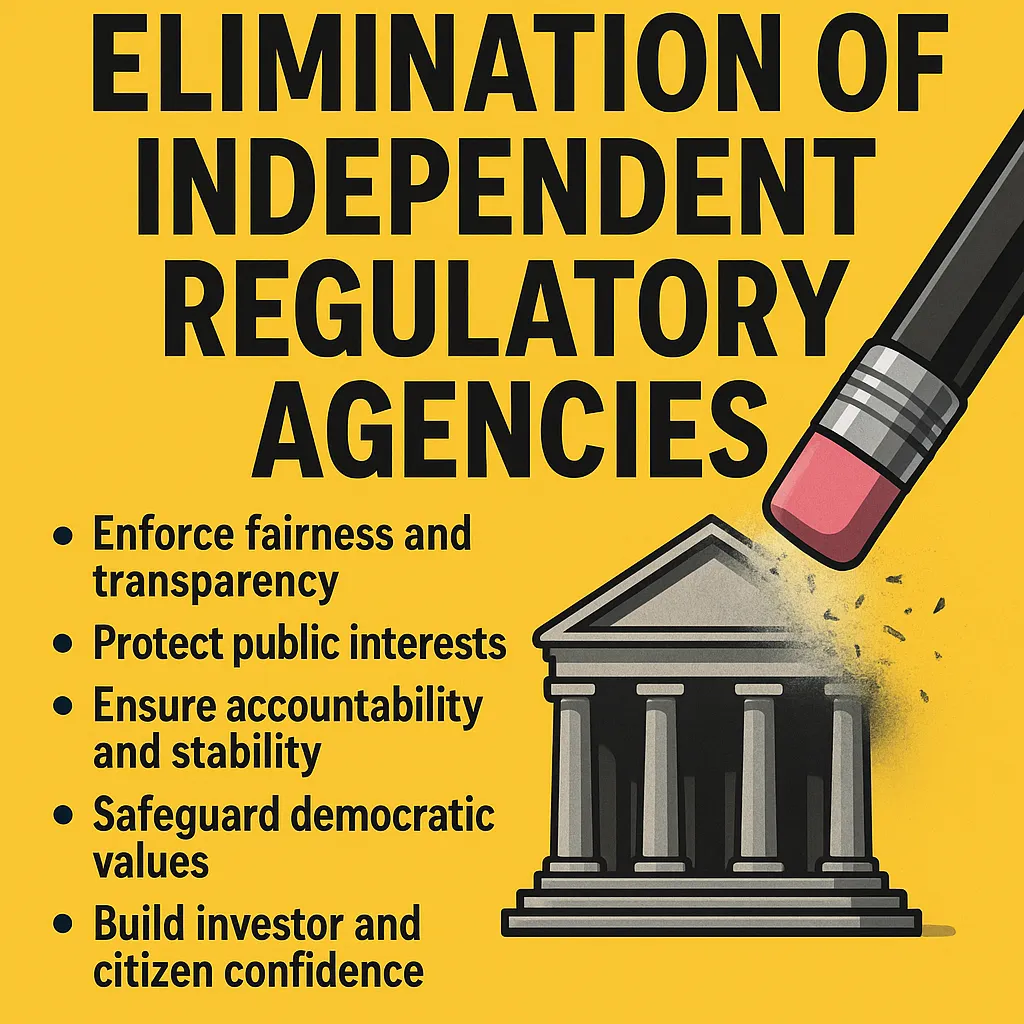
Top 5 Best/Worst Proposal Reforms by Project 2025
Top 5 Best Proposal Reforms
1. Addressing National Security Threats from China:
Ban TikTok on national security grounds if ongoing investigations or inaction persist.
Expand the FCC’s Covered List to include entities connected to China’s surveillance state and prevent their equipment from entering U.S. networks.
Revoking licenses of Chinese telecom carriers (China Telecom, China Mobile) to safeguard U.S. infrastructure.
2. FCC’s “Rip and Replace” Program:
Fully fund the Secure and Trusted Communications Networks Reimbursement Program to expedite the removal of insecure Huawei and ZTE gear from U.S. networks.
Repurpose unused COVID emergency funds to close the funding gap.
3. Space Leadership and Satellite Infrastructure:
Accelerate review and approval for low-earth orbit satellite systems (e.g., Starlink, Project Kuiper) to maintain U.S. leadership in satellite broadband technology and global connectivity.
4. Revamping Spectrum Policy:
Refill America’s spectrum pipeline to facilitate 5G and next-gen wireless services.
Develop a national spectrum strategy to release more spectrum and set aggressive timelines for agency action.
5. Modernizing Infrastructure Permitting Rules:
Streamline permitting processes for both wireless and wired infrastructure.Create limits on state/local fees and time restrictions on broadband infrastructure decisions to speed up deployment.
Top 5 Worst Proposal Reforms
1. Proposed Ban on TikTok (National Security Focus):
While framed as a national security measure, banning TikTok could limit freedom of expression and set a precedent for censorship that might later be applied to other platforms with less justification.
2. Increase Surveillance Over Private Companies:
Publish a foreign adversary transparency list that tracks companies with foreign ownership from adversarial governments like China, Russia, Iran, etc. This proposal risks burdening companies with excessive reporting and could increase unnecessary bureaucratic hurdles.
3. Elimination of Overbuilding Funds:
End government-funded overbuilding in areas with existing broadband infrastructure. While promoting efficiency, this could leave rural communities or underfunded areas without proper broadband access, exacerbating the digital divide.
4. Increased Oversight on Broadband Funding:
Adopt a national broadband strategy to reduce waste and duplication, but it may lead to excessive bureaucracy and delays in broadband projects, especially in rural areas, as agencies get bogged down in coordination and red tape.
5. Reliance on Deregulation over Innovation:
Eliminate outdated FCC regulations, including media ownership rules, which could hinder the diversification of the market and undermine efforts to ensure equitable access to information in competitive media landscapes.
Key Takeaways
The best reforms focus on securing national infrastructure, promoting technological innovation, and streamlining permitting to make progress on digital connectivity.
The worst proposals, while intended to address issues like national security and efficiency, risk unintended consequences that could undermine broader goals like access, freedom of expression, and equitable growth across underserved areas.

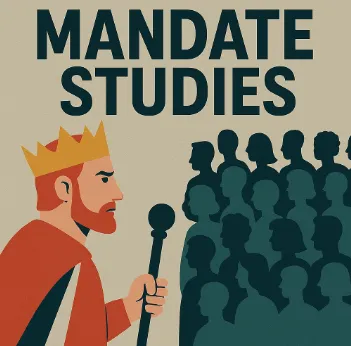
Understanding How the Mandate Effects Our Government by Sections of the Mandate
The following is a breakdown of the 900+ pages in a deeper breakdown of the authors, the standards, diagnosing the reforms, deep understanding of what our tax payer dollars provide and a deeper understanding of the deep Right. We do not have a deep Left issue, we have a issue with those who are lacking credibility with plans that are outlined in black and white. Instead of just living through the next 4 years, learn from America's Mistake for allowing nepotism to override political career morally sound individuals to decide people's fate versus those who are born of privilege. In these library of collective thoughts please feel free to join the movement...
Monitoring the Mandate by diving into the authors, contributors and current implementation of the project 2025 mandate created in 1978 first ran by Ronald Raegan with the Heritage Foundation.
Understanding the fundamentals of the Mandate by diving into the theories, philosophies and breakdowns from the section "Taking the Reins of Government" with break downs from
Understanding the fundamentals of the Mandate by diving into the theories, philosophies and breakdowns from the section "The Common Defense" with break downs from:
Understanding the fundamentals of the Mandate by diving into the theories, philosophies and breakdowns from the section "The General Welfare" with break downs from:
Understanding the fundamentals of the Mandate by diving into the theories, philosophies and breakdowns from the section "The Economy" with break downs from:
Understanding the fundamentals of the Mandate by diving into the theories, philosophies and breakdowns from the section "Independent Regulatory Agencies" with break downs from:
Understanding the fundamentals of the Mandate by diving into the theories, philosophies and breakdowns from the section "Onward" with break down and final thoughts on project 2025:
Understanding the Mandate , What it means to you and how can we grow from learning it.

Stand up for US Department of Education Against Project 2025 Mandates
The future of education is at a crossroads, and the Department of Education plays a vital role in ensuring access to quality learning opportunities for all. However, proposed policies threaten to dismantle essential programs, impacting students, teachers, and communities nationwide. By joining together, we can advocate for a strong, well-supported education system that prioritizes inclusivity, innovation, and success. Whether through raising awareness, participating in discussions, or pushing for informed policies, every effort counts in safeguarding the integrity of public education.
This is a call to action for educators, advocates, and concerned citizens to come together and make a difference. Through collective knowledge and active engagement, we can challenge harmful reforms and champion initiatives that strengthen the Department of Education. The upcoming virtual workshop on April 21-23 will provide key insights into these urgent matters, equipping participants with the tools to take action. Let’s stand for the future of education—because protecting learning today ensures a brighter tomorrow for all. Join us in this mission and help drive meaningful change!
Power Point For 3 Day Workshop 6pm-8pm April 21-23, 2025
Understanding the Mandate Which Touches the Following
The following is a breakdown of the 900+ pages in a deeper breakdown of the authors, the standards, diagnosing the reforms, deep understanding of what our tax payer dollars provide and a deeper understanding of the deep Right. We do not have a deep Left issue, we have a issue with those who are lacking credibility with plans that are outlined in black and white. Instead of just living through the next 4 years, learn from America's Mistake for allowing nepotism to override political career morally sound individuals to decide people's fate versus those who are born of privilege. In these library of collective thoughts please feel free to join the movement...
Executive overreach redefining the Constitution and it's relationship with the other branches
The Common Defense Outlining the Agency Roles
US Press
International Press
The Economy Outlines the Roles
Case for Fair Trade
Case For Free Trade
The Independent Regulatory Agencies Outlines the Roles For Agencies
The propose for this Summary is in an attempt to allow others to understand that this mission statement known as the Mandate is different than just a political movement. This movement purpose is not meant to help those who it claims to and we would argue that their Mandate has and will do damage to our world. This has been a journey of exploration, interesting, hypocritical, short sighted and often times cruel in nature.
Small Call to Action Headline
Small Call to Action Headline
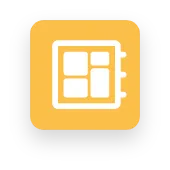
Website Development
Custom Website DesignResponsive Web DevelopmentUser Experience (UX) DesignE-commerce Website DevelopmentContent Management System (CMS) Integration

Dev Development
Full-Stack DevelopmentFrontend DevelopmentBackend DevelopmentAPI Development and IntegrationDatabase Design and Management

Scrum Master Services
Agile Project ManagementScrum Master ConsultationSprint Planning and ExecutionTeam Collaboration and CoordinationContinuous Improvement Strategies
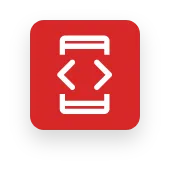
Mobile App Design
iOS App Development
Android App Development
Cross-Platform App Development
Mobile App UI/UX Design
App Maintenance and Support
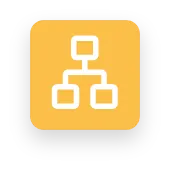
Online Marketing
Search Engine Optimization (SEO)Social Media MarketingContent MarketingEmail MarketingPay-Per-Click (PPC) Advertising
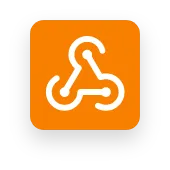
Drone Services
Aerial Photography and VideographyDrone Mapping and SurveyingInspection and Monitoring ServicesGIS (Geographic Information System) IntegrationCustom Drone Software Development
“ eMillion Concepts. eMillion People. eMillion Solutions.”
© 2024 E-Millions Consulting Services - All Rights Reserved,
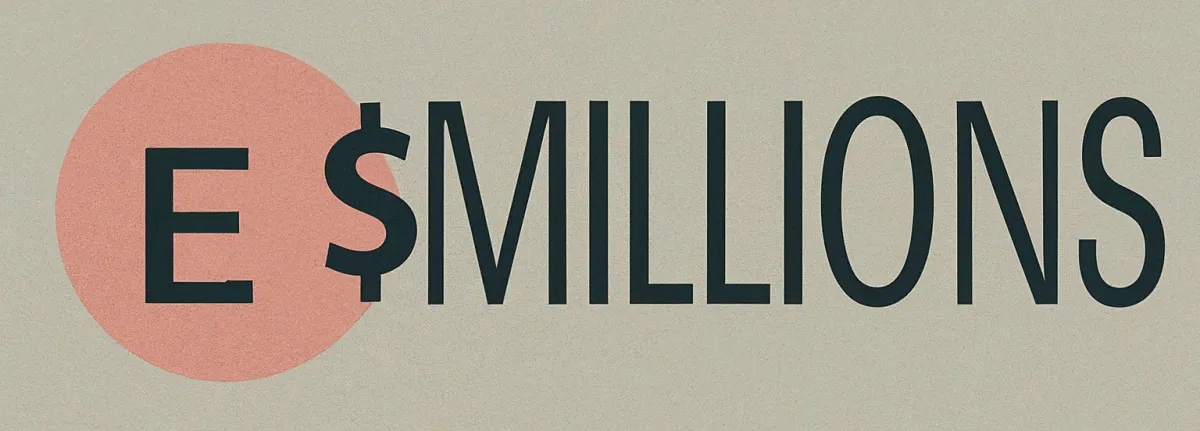
etechmilli@gmail.com
(404) 723-3940
© 2025 Company Name - All Rights Reserved, consectetur adipiscing elit. Maecenas commodo suscipit tortor, vel tristique sapien
